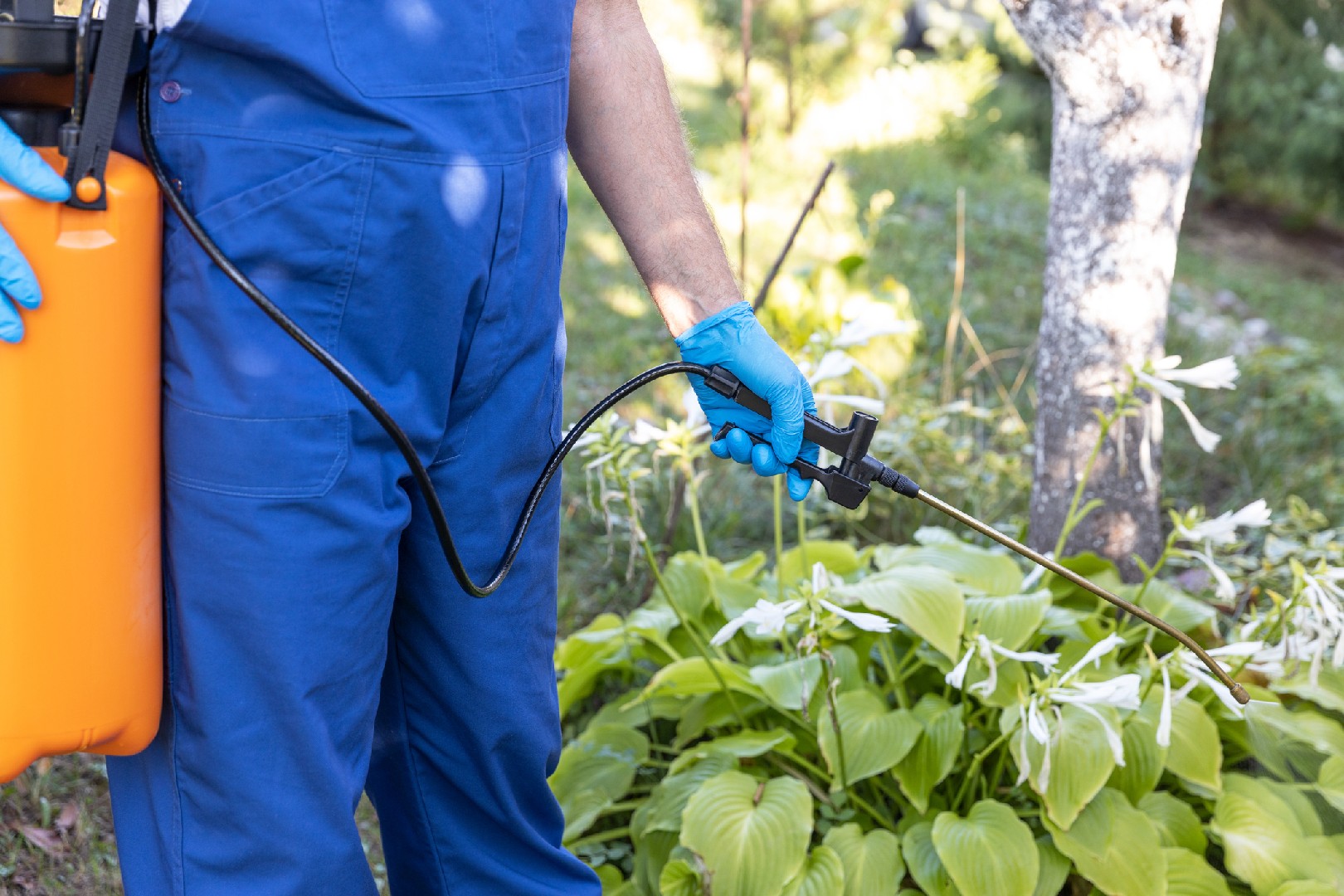![Rectangle]()
Benefits of Implementing IPM in Your Garden
Implementing Integrated Pest Management (IPM) in your garden can bring numerous benefits, not only for your garden's health but also for the overall environment. By adopting IPM practices, you can decrease the use of chemical pesticides, promote safer gardens, ensure long-term garden health, and sustain the balance of the ecosystem.
One of the most significant advantages of implementing IPM is the decreased use of chemical pesticides. Traditional pest control methods often rely heavily on these chemicals, which can have negative consequences for the environment, human health, and beneficial insects. IPM, on the other hand, emphasizes the use of non-chemical pest control methods such as cultural practices, biological control, and mechanical techniques. These alternative methods are safer and more sustainable, reducing the reliance on chemical pesticides.
IPM also plays a crucial role in promoting safer gardens. By reducing the use of chemical pesticides, you create a healthier and safer environment for yourself, your family, and your pets. Chemical pesticides can pose health risks if not used properly, and they can also contaminate the soil and water sources. With IPM, you can protect yourself and the ecosystem from harmful chemicals, ensuring a safer garden for everyone.
Ensuring long-term garden health is another key benefit of implementing IPM. By adopting IPM practices, you focus on preventing pest problems rather than just treating them. IPM emphasizes regular monitoring, early detection, and intervention when necessary. This proactive approach helps maintain the overall health of your garden, preventing pest infestations from becoming severe and causing irreversible damage. By addressing problems early on, you can save time, effort, and money in the long run.
In addition to these advantages, IPM also aids in sustaining the balance of the ecosystem. Traditional pest control methods often disrupt the natural balance by targeting pests without considering their ecological role. IPM, on the other hand, recognizes the importance of beneficial insects and other natural predators in controlling pest populations. By promoting biodiversity and using techniques that support the natural enemies of pests, such as providing habitat and food sources, you create an ecosystem where pests are kept under control naturally.
To implement IPM successfully, there are several methods, skills, and knowledge that can be beneficial. Regular monitoring of your garden is essential to identify potential pest problems early on. Familiarize yourself with common pests in your area and learn their life cycles, habits, and vulnerabilities. This knowledge will help you make informed decisions about when and how to intervene. Incorporating cultural practices like crop rotation, proper watering, and appropriate spacing can also discourage pests and promote plant health.
Furthermore, learning about biological control methods such as the use of beneficial insects, nematodes, or microbial agents can be valuable. These natural enemies can effectively control pest populations without the need for chemical pesticides. Finally, employing mechanical techniques like handpicking pests, using traps, or employing physical barriers can also be effective in managing pest populations.
By implementing IPM in your garden and using these methods, skills, and knowledge, you can create a sustainable and healthy environment for your plants, yourself, and the entire ecosystem. IPM is not only practical and effective, but it also encourages a more holistic approach to gardening that is both environmentally friendly and respectful of nature's balance.





